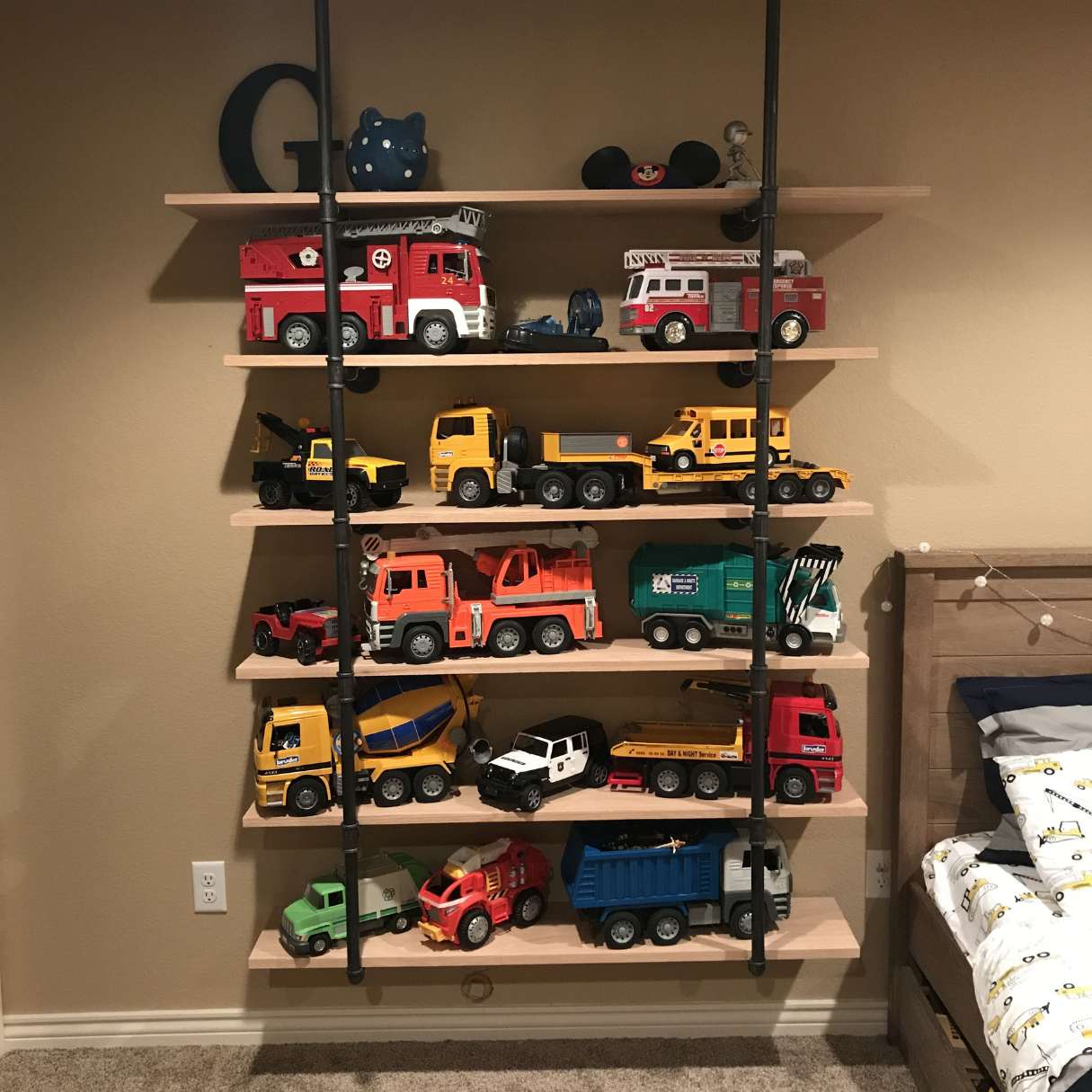

Articles
How To Store Toy Trucks
Modified: January 24, 2024
Discover the best practices for storing toy trucks in this informative article. Learn how to effectively organize and preserve your toy truck collection for long-lasting enjoyment.
(Many of the links in this article redirect to a specific reviewed product. Your purchase of these products through affiliate links helps to generate commission for Storables.com, at no extra cost. Learn more)
Introduction
Toys can bring joy and excitement to children’s lives, and toy trucks are no exception. Whether your child has a collection of miniature cars or a fleet of big rigs, proper storage is essential to keep their toy trucks in great condition and maximize their lifespan. In this article, we will guide you through the steps on how to store toy trucks effectively, ensuring that they stay organized, protected, and ready for playtime.
When it comes to storing toy trucks, there are a few key factors to consider. These include cleaning the toys, removing batteries (if applicable), organizing them, choosing suitable storage containers, labeling, finding the right storage location, avoiding damage, and periodically checking and rotating the toys. By following these steps, you can maintain the quality and longevity of your child’s favorite toy trucks.
Let’s dive into the details of each step and learn how to store toy trucks properly.
Key Takeaways:
- Properly storing toy trucks involves cleaning, organizing, and choosing suitable containers to protect them from damage. Regular maintenance and rotation ensure longevity and variety in playtime.
- By following steps such as cleaning, removing batteries, and organizing, you can preserve the quality of toy trucks and ensure equal use and variety in playtime for your child’s enjoyment.
Read more: How To Store Big Toy Trucks
Step 1: Clean the Toy Trucks
Before storing your toy trucks, it’s important to give them a thorough cleaning. Over time, toy trucks can accumulate dirt, dust, and grime, which can not only be unsightly but also damage their appearance and functionality. Follow these steps to clean your toy trucks:
- Start by removing any detachable parts or accessories from the toy trucks. This may include things like trailers, buckets, or removable figures.
- Use a soft cloth or sponge dampened with mild soapy water to gently wipe down the exterior of the toys. Avoid using harsh chemicals or abrasive cleaners, as they can cause damage to the surface.
- For stubborn stains or hard-to-reach areas, you can use a soft-bristled brush or an old toothbrush. Be careful not to scrub too hard, as this can scratch the toy’s paint or decals.
- Rinse the toy trucks with clean water to remove any soap residue.
- Using a dry cloth or towel, gently pat the toy trucks dry. Make sure to dry all the nooks and crannies, including any hard-to-reach areas where water may have collected.
- Allow the toy trucks to air dry completely before moving on to the next step. This will ensure that no moisture is trapped inside the toys, which could lead to mold or damage.
By cleaning your toy trucks before storing them, you not only remove dirt and grime but also prevent any potential long-term damage that could occur if the toys are left uncleaned for an extended period.
Step 2: Remove Batteries (if applicable)
If your toy trucks are powered by batteries, it’s crucial to remove them before storing the toys. This step is important to prevent battery leakage, which can cause damage to the toys and potentially pose a safety hazard. Follow these guidelines to safely remove batteries from your toy trucks:
- Refer to the toy’s instruction manual to determine the location of the battery compartment.
- Carefully open the battery compartment using a screwdriver or the designated tool. Be cautious to avoid damaging the toy’s housing or components.
- Remove the batteries from the compartment. If the batteries are still working, you may want to use them in other devices or store them separately.
- Inspect the battery compartment for any signs of corrosion or residue. If you notice any, clean the compartment with a cotton swab or a soft cloth dampened with vinegar or lemon juice. Ensure that the compartment is completely dry before reassembling the toy.
- If the toy has multiple battery compartments, repeat the process for each one.
- Once the batteries are removed and the compartments are clean, reseal the battery compartment securely.
By removing the batteries before storage, you minimize the risk of corrosion, leakage, or damage caused by expired or leaking batteries. This simple step will help preserve the integrity of your toy trucks and extend their lifespan.
Step 3: Organize by Type or Size
Organizing your toy trucks is key to keeping them easily accessible and protected during storage. One effective way to do this is by sorting and organizing them by type or size. Here are some tips to help you organize your toy trucks:
- Group the toy trucks based on their type or category. For example, separate construction vehicles from emergency vehicles or separate large trucks from smaller cars.
- If you have a large collection, consider subdividing the groups further. You can organize by specific types such as dump trucks, fire trucks, tow trucks, etc.
- Alternatively, you can organize your toy trucks by size. Arrange them from largest to smallest or vice versa. This method allows for easier visibility and access to specific sizes of toy trucks.
- Determine the best storage solution for the organized groups. This can include bins, boxes, or shelves. Choose storage containers that are appropriate for the size and number of toy trucks you have.
- If using bins or boxes, consider utilizing dividers or small containers within each larger container to keep the toy trucks separated and prevent them from bumping into each other during storage.
By organizing your toy trucks, you can easily locate specific vehicles when it’s time to play, and it helps prevent them from getting damaged or misplaced. Additionally, organizing by type or size allows for efficient use of storage space, making it easier to maximize the available area for other items.
Step 4: Choose the Right Storage Container
Selecting the appropriate storage container for your toy trucks is crucial to keep them safe and protected during storage. Here are some factors to consider when choosing the right storage container:
- Size: Ensure that the storage container is large enough to accommodate your toy trucks without crowding them. It’s essential to provide enough space to prevent damage to the vehicles and keep them easily accessible.
- Material: Opt for storage containers made from durable materials, such as plastic or sturdy cardboard. These materials offer protection against moisture, dust, and potential impacts that may occur during storage.
- Lid or Cover: Look for containers with secure lids or covers that can tightly seal the storage unit. This helps keep out dust, pests, and moisture that can potentially damage the toys.
- Stackable Options: If you have limited storage space, consider choosing stackable storage containers. This allows you to maximize vertical space while keeping your toy trucks organized and easily accessible.
- Transparent: Consider using storage containers with transparent sides or lids. This allows you to easily identify the contents without having to open each container.
- Dividers or Compartments: For larger collections or different types of toy trucks, you might want to invest in storage containers with dividers or compartments. This helps keep individual vehicles separated and prevents them from scratching or colliding with one another.
Keep in mind that the storage container should be sturdy enough to withstand the weight of the toy trucks and protect them from any potential external damage. It’s also essential to regularly check the container for any signs of wear and tear and replace it if necessary.
To store toy trucks, consider using clear plastic bins with lids to keep them organized and visible. Label the bins for easy identification.
Read more: How To Store Large Toy Trucks
Step 5: Label the Storage Container
Labeling the storage container is a simple yet effective way to keep your toy trucks organized and easily identifiable. Here are some tips on how to label your storage containers:
- Choose a labeling system that works best for you. This can include using adhesive labels, sticker labels, or even a permanent marker directly on the container.
- Clearly write or print the category or type of toy trucks that are stored in each container. For example, you can label one container as “Construction Vehicles” and another as “Emergency Vehicles.”
- If you have further subdivisions within each category, it’s helpful to include additional specific labels. For instance, you can label a container within the “Construction Vehicles” category as “Dump Trucks.”
- Consider using color-coded labels to make it even easier to identify different types or categories of toy trucks. Assigning different colors to each group allows for quick visual recognition.
- Attach the labels to the front or top of each storage container, making them easily visible without having to move or open the containers.
- Ensure that the labels are securely attached and easily readable, even after extended periods of storage.
By labeling your storage containers, you can quickly locate the specific toy truck group you’re looking for, saving time and effort. It also helps maintain the organization of your collection, making it easier to put toys back in their designated places after playtime.
Step 6: Store in a Cool and Dry Place
Proper storage conditions are essential to preserve the quality and lifespan of your toy trucks. It is important to find a cool and dry place to store them. Here’s why:
1. Temperature Control: Extreme temperatures can damage toy trucks, especially those made of plastic. High temperatures can cause warping or melting, while low temperatures can make plastic brittle and prone to breaking. Find a storage area that maintains a moderate temperature to ensure the longevity of your toy trucks.
2. Humidity Prevention: Moisture can lead to mold, rust, and corrosion, which can ruin your toy trucks. Choose a storage location that is dry and free from dampness. Avoid storing them in areas prone to water leaks, such as basements or attics. If necessary, use dehumidifiers or moisture-absorbing products to maintain a dry environment.
3. Sunlight Protection: Prolonged exposure to sunlight can cause fading and discoloration of the toy trucks’ paint and decals. UV rays can also degrade the plastic and make it brittle. Store your toy trucks away from direct sunlight or use opaque storage containers to shield them from harmful UV rays.
4. Pest Prevention: Some pests, such as rodents and insects, can damage or chew on your toy trucks. Avoid storing them in areas where pests are likely to inhabit, such as dark corners or areas with food sources. Consider using pest deterrents like mothballs or natural repellents to protect your collection.
5. Shelving or Racks: Use shelving or racks to store your toy trucks off the ground. This helps prevent any potential damage from moisture or pests and keeps them organized and easily accessible.
Remember to periodically check the storage area for any changes in temperature or humidity and address any issues promptly. By storing your toy trucks in a cool and dry place, you can ensure their longevity and preserve their condition for years to come.
Step 7: Avoid Stacking Heavy Items on Top
When storing your toy trucks, it’s important to avoid stacking heavy items on top of them. Here’s why:
1. Prevent Damage: Stacking heavy items on top of your toy trucks can lead to deformation, dents, or breakage. The weight of the items can crush or collapse the toys, causing irreversible damage and rendering them unusable.
2. Preserve Paint and Decals: Heavy objects can put pressure on the toy trucks, causing the paint to chip, peel, or scratch. Likewise, decals or stickers may get damaged or dislodged under the weight of the stack.
3. Structural Integrity: Stacking heavy items on top of your toy trucks can compromise their structural integrity. If the toys are made of plastic or other fragile materials, excessive weight can cause them to crack or collapse.
4. Accessibility: Placing heavy objects on top of the storage container can make it difficult to access the toy trucks at the bottom of the stack. You may have to move or reorganize the entire stack each time you want to retrieve a specific toy, which can be time-consuming and increase the risk of damage.
It is best to store your toy trucks in a way that allows each item to be easily accessible without the risk of being crushed or damaged. If you need to stack storage containers, make sure that they are sturdy and can withstand the weight without compromising the toys stored inside.
Remember, the goal is to protect and preserve your toy trucks for future enjoyment, so exercise caution when storing and avoid stacking heavy items on top to ensure their longevity.
Step 8: Check and Rotate the Toys Regularly
Regularly checking and rotating your toy trucks is essential for their maintenance and longevity. Here’s why this step is crucial:
1. Prevent Damage: By regularly inspecting your toy trucks, you can identify any signs of wear and tear, such as loose parts, broken pieces, or fading paint. This allows you to address the issues promptly and prevent further damage that may occur if left unnoticed.
2. Playtime Variety: Rotating your toys allows for variety in playtime. By periodically switching out the toy trucks, you can keep your child engaged and interested in their collection. This helps prevent boredom and encourages imaginative play.
3. Equal Use: Regularly rotating your toys ensures that all the toy trucks in your collection get equal playtime. This prevents some toys from being neglected while others are constantly in use. This practice also helps distribute the wear and tear more evenly among the toys.
4. Explore New Possibilities: Rotating your toy trucks gives you the opportunity to introduce new additions to the collection. This allows your child to explore and learn about different types of vehicles, expanding their knowledge and imagination.
To effectively check and rotate your toy trucks, follow these guidelines:
- Set a regular schedule: Plan a specific time or interval during which you will check and rotate the toy trucks. It can be weekly, monthly, or based on your child’s interests and engagement.
- Inspect the toys: Carefully examine each toy for any damages or signs of wear. Pay attention to loose parts, broken pieces, or any potential hazards that may pose a safety risk to your child.
- Repair or replace: If you notice any damages, repair them if possible or consider replacing the toy if it’s beyond repair. Safety should always be a priority.
- Rotate the toys: Introduce new toys to the playtime rotation while temporarily storing others. This ensures that each toy gets its fair share of attention and playtime.
- Keep it organized: As you rotate the toys, make sure to maintain an organized storage system. Keep track of which toys are currently in rotation and where they are stored to easily locate them when it’s time to switch them out.
By regularly checking and rotating your toy trucks, you ensure that they remain in good condition, provide variety in playtime, and maximize their lifespan.
Read more: How To Store A Truck Cap Outside
Conclusion
Properly storing toy trucks is essential for preserving their condition, allowing for easy access, and extending their lifespan. By following the steps outlined in this article, you can ensure that your child’s toy truck collection remains organized, protected, and ready for playtime whenever they desire.
From cleaning the toy trucks to removing batteries (if applicable), organizing them by type or size, choosing the right storage container, labeling it, and storing them in a cool and dry place, you can safeguard the toys from damage caused by dirt, moisture, and extreme temperatures. Additionally, avoiding stacking heavy items on top and regularly checking and rotating the toys allows for equal use and variety in playtime.
Remember, a little effort in storing your toy trucks properly goes a long way in maintaining their quality and ensuring your child’s enjoyment for years to come. By taking the time to implement these steps, you are investing in the longevity of their cherished toy truck collection.
So, get started today! Clean those toy trucks, organize them, choose the right containers, label them, and find the perfect storage place. Your child will appreciate having their beloved toy trucks in excellent condition whenever they want to embark on imaginative adventures.
Frequently Asked Questions about How To Store Toy Trucks
Was this page helpful?
At Storables.com, we guarantee accurate and reliable information. Our content, validated by Expert Board Contributors, is crafted following stringent Editorial Policies. We're committed to providing you with well-researched, expert-backed insights for all your informational needs.
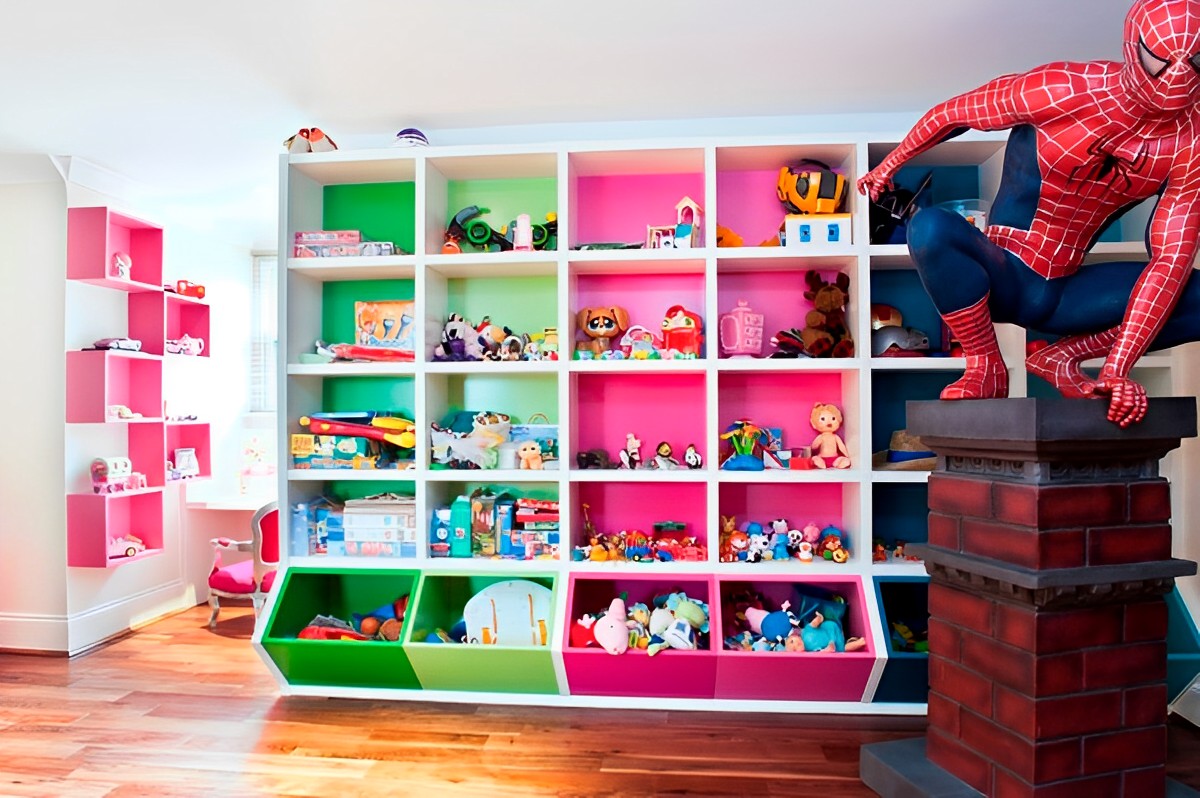
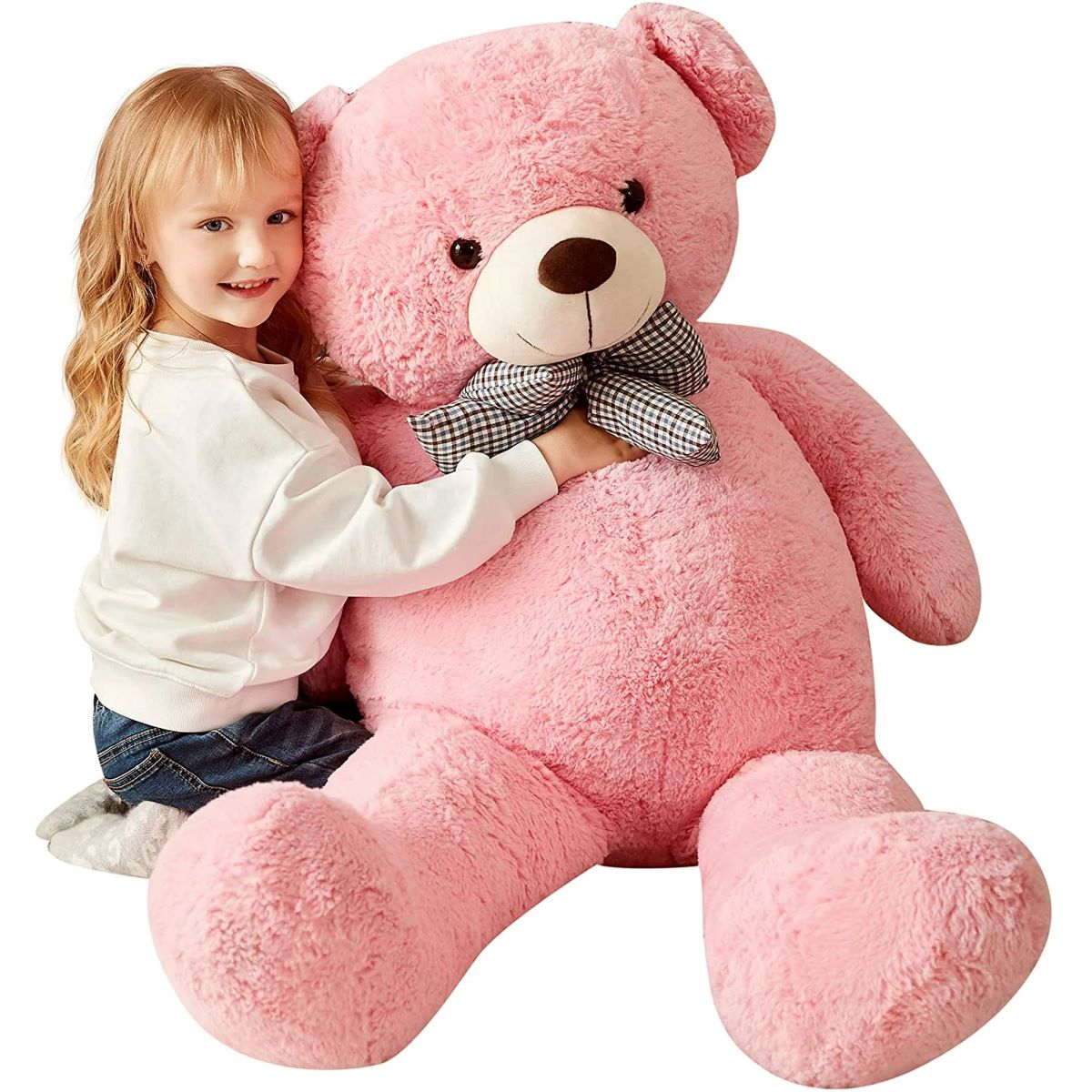
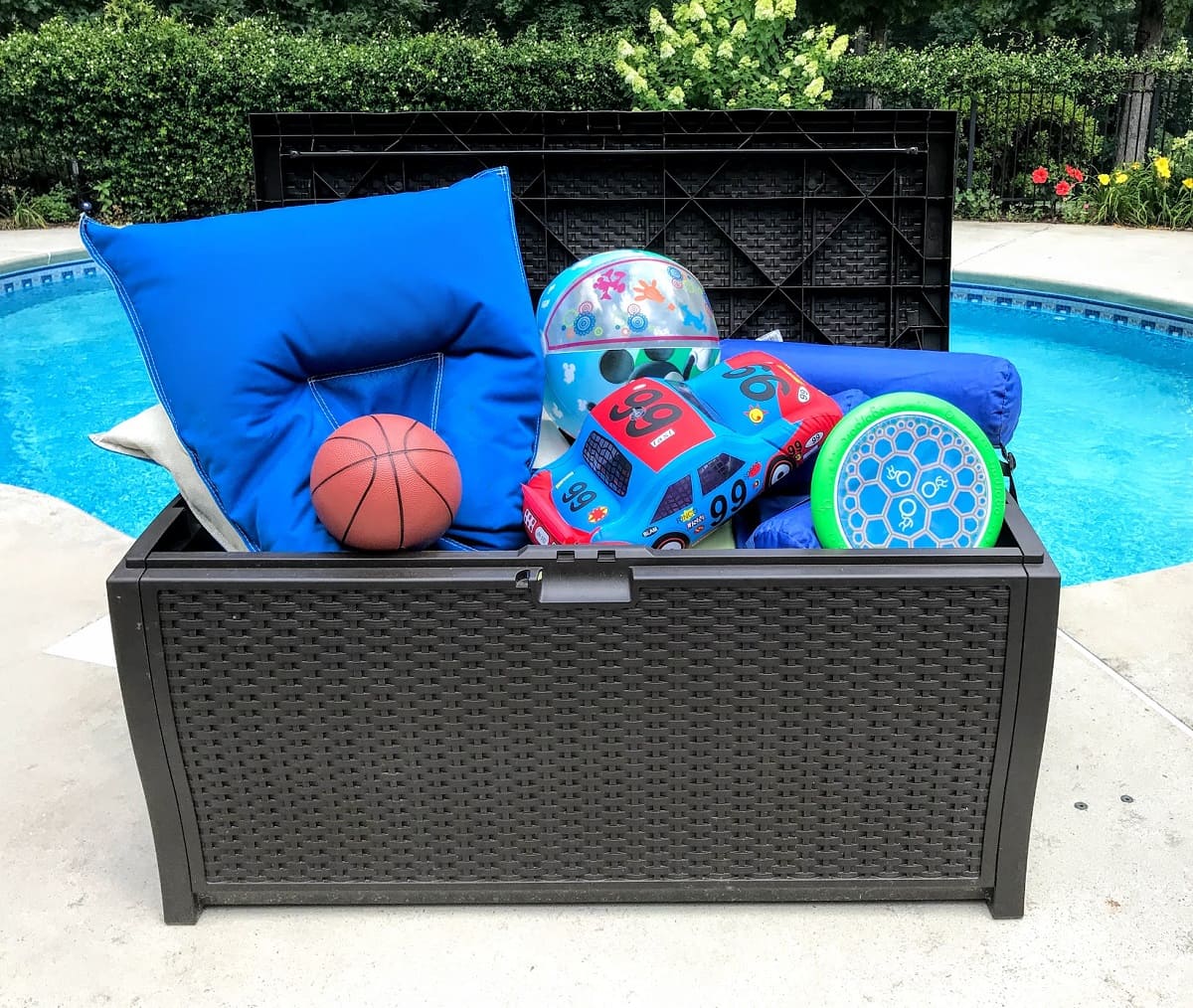
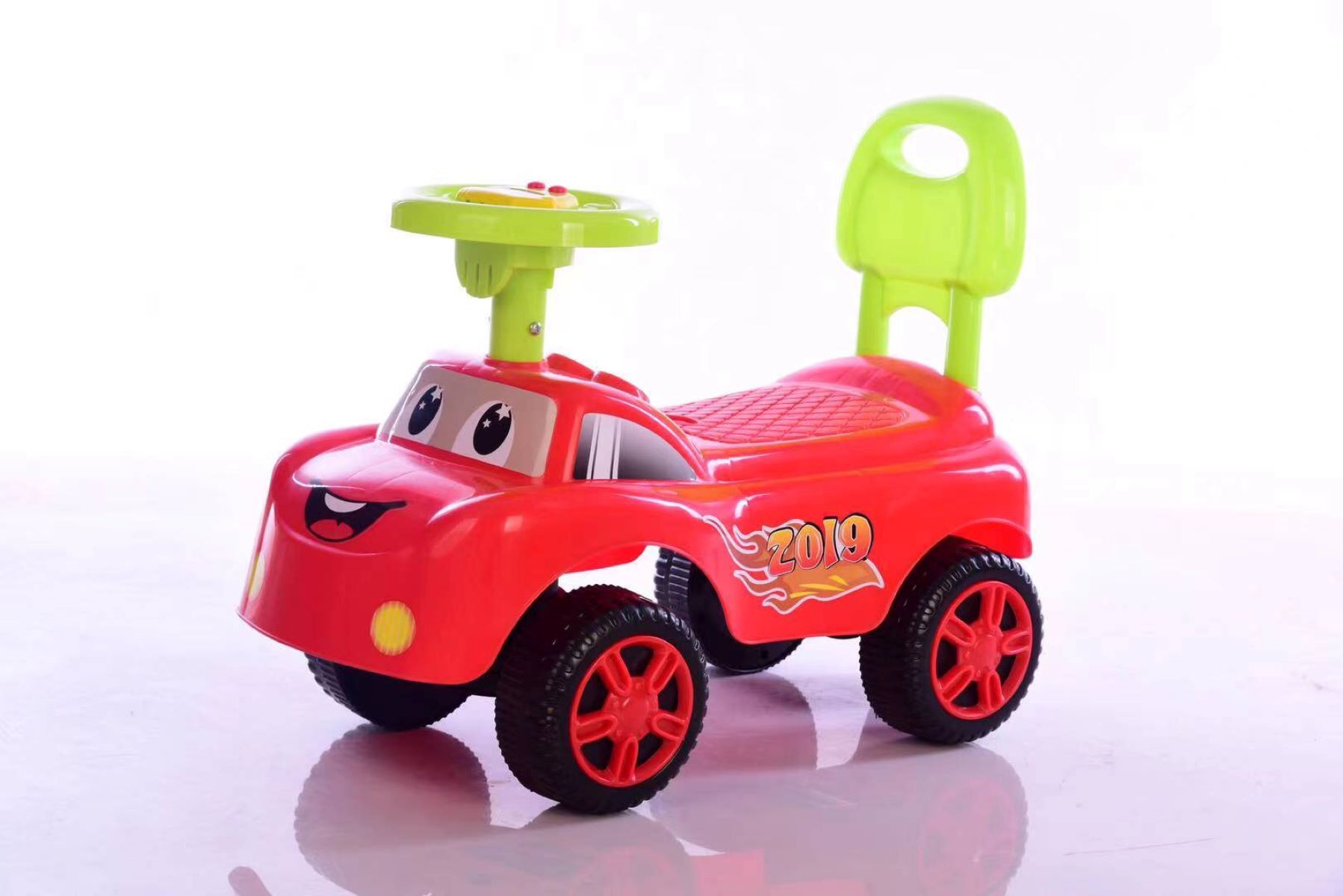
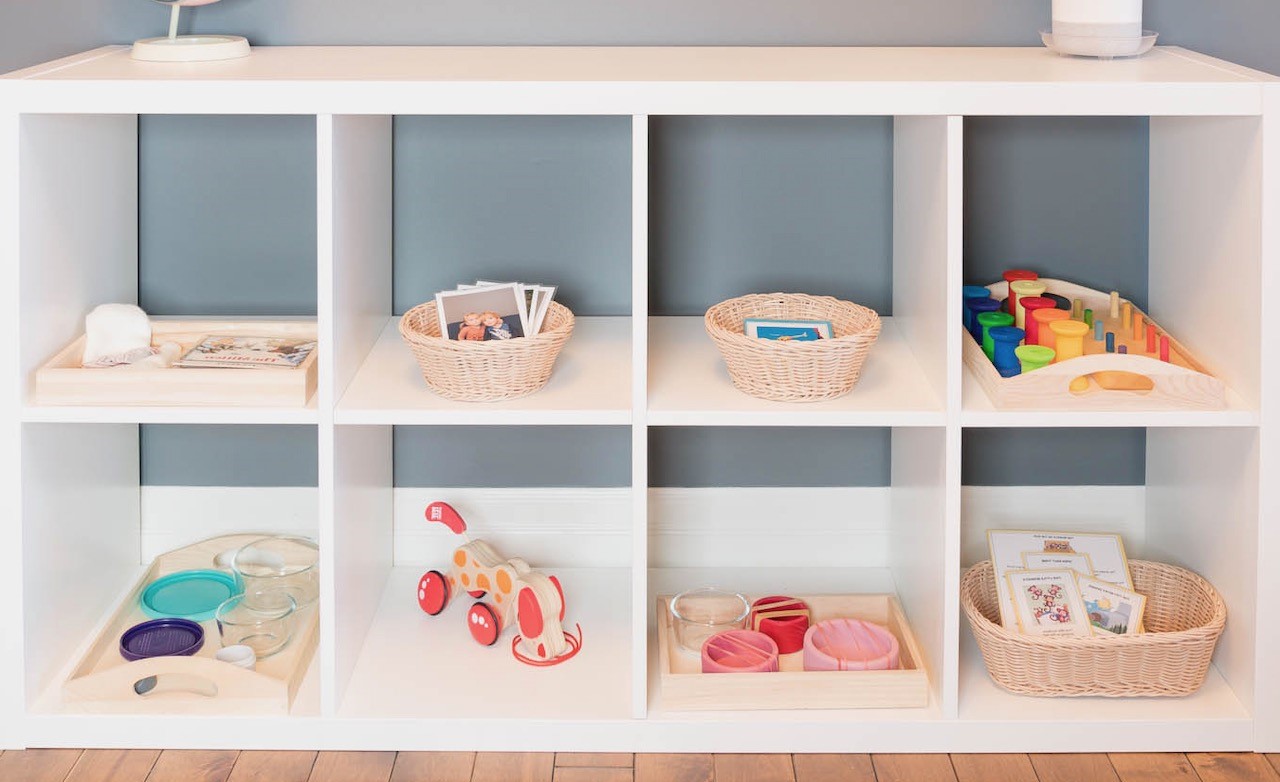
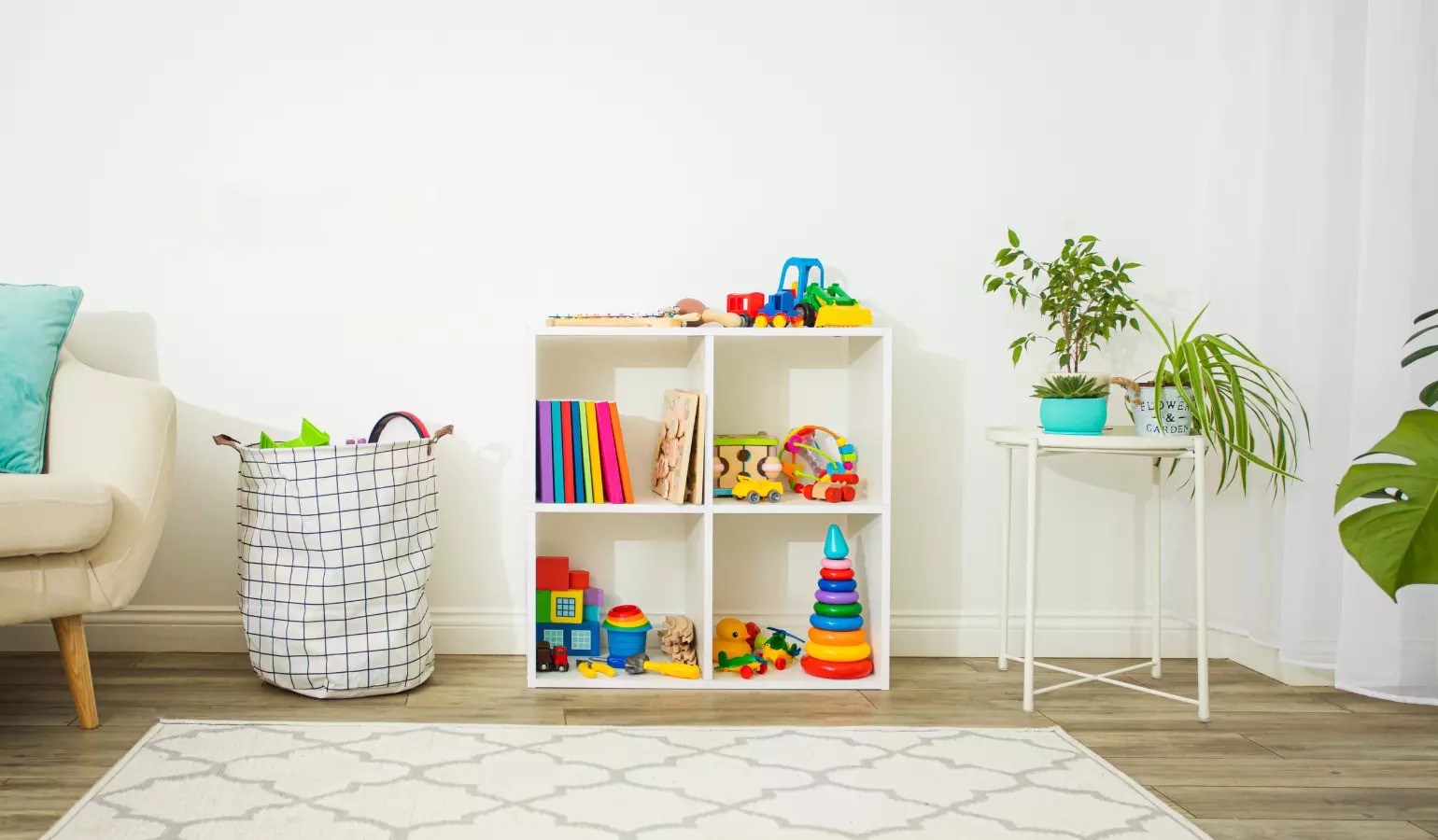
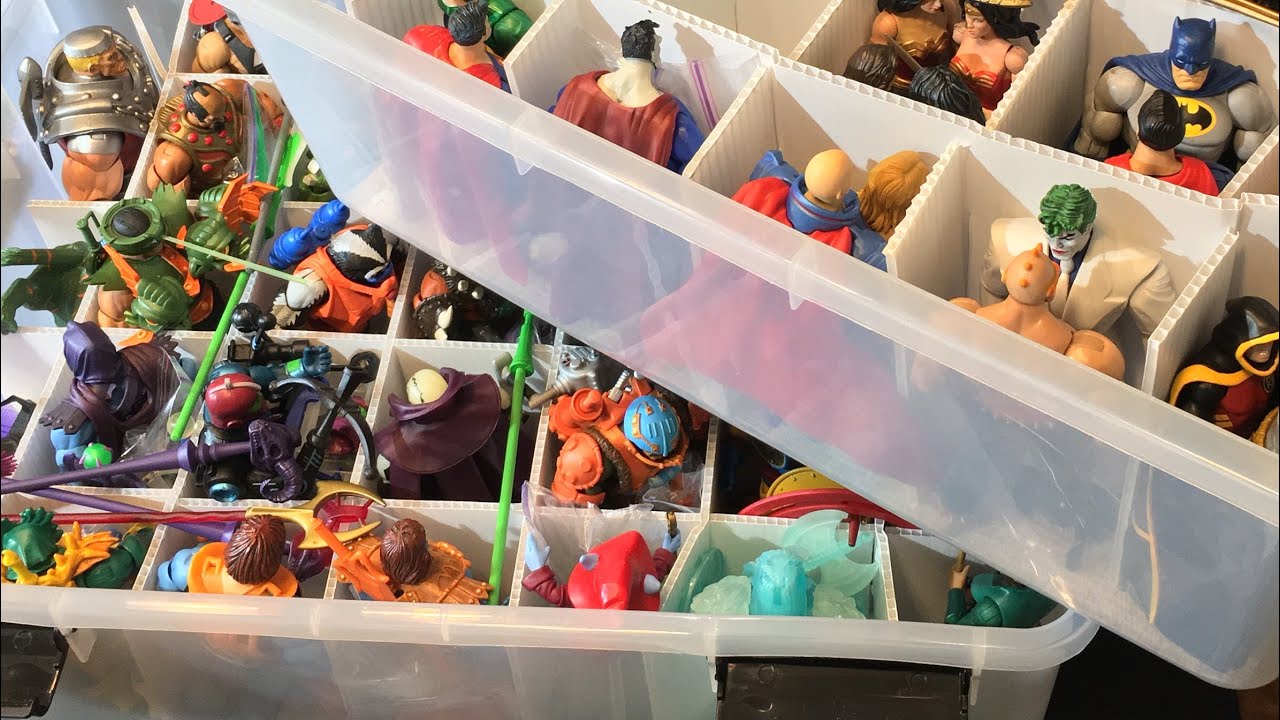
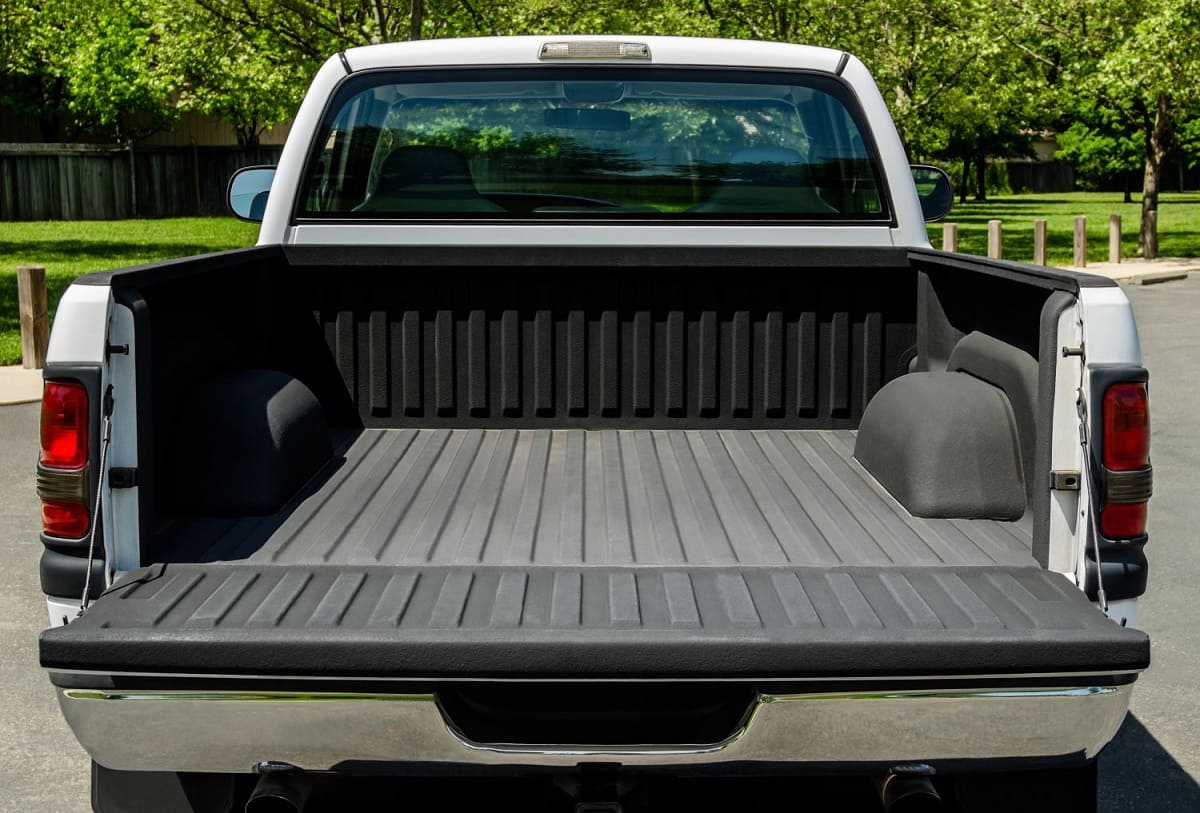
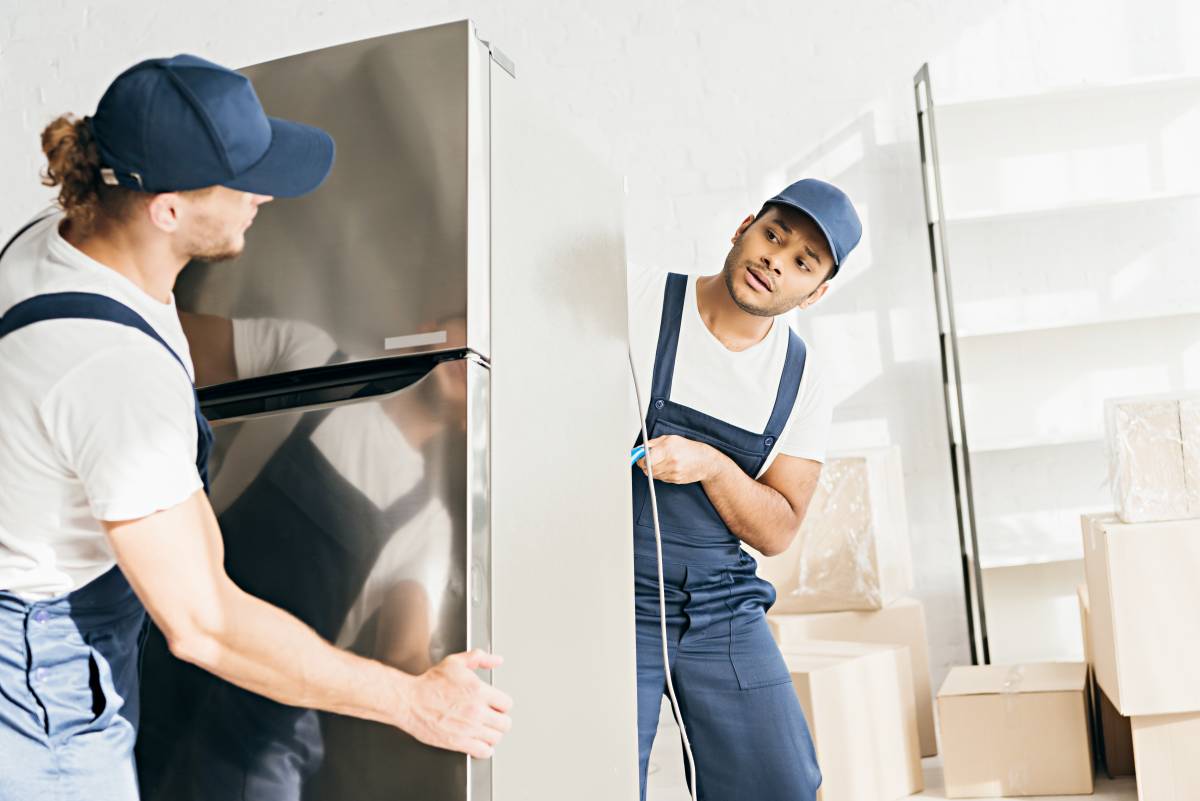
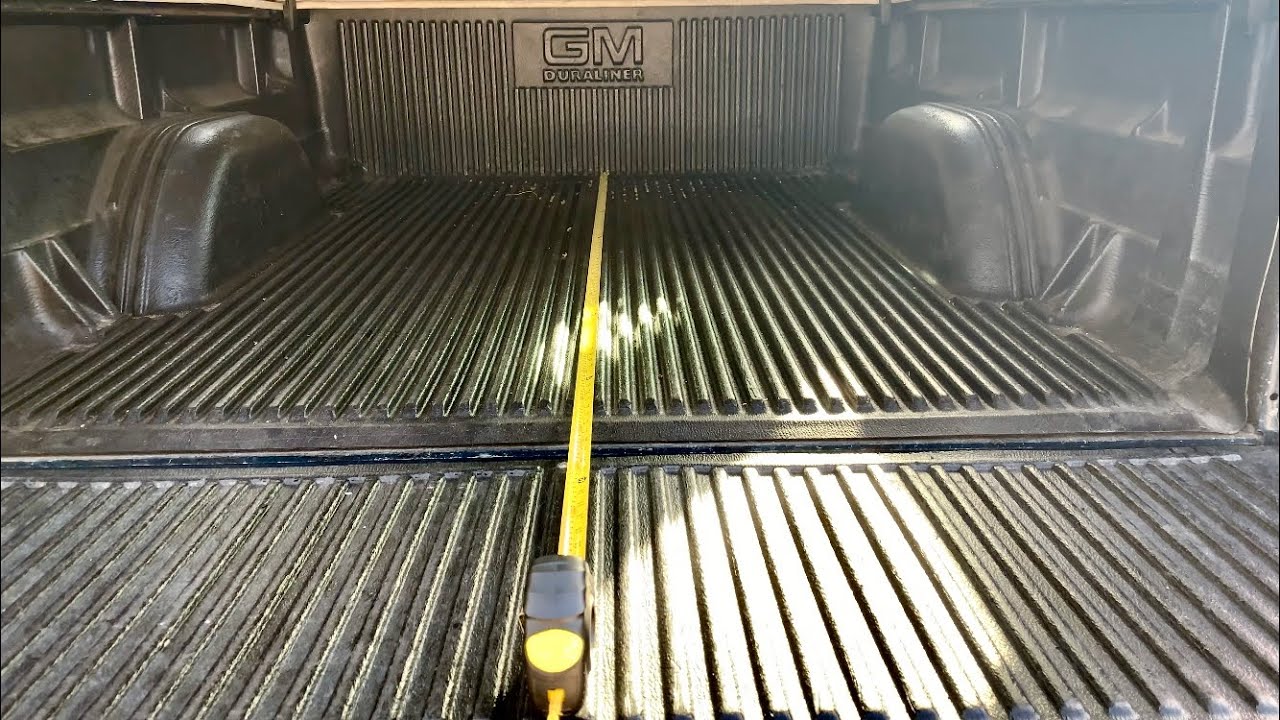
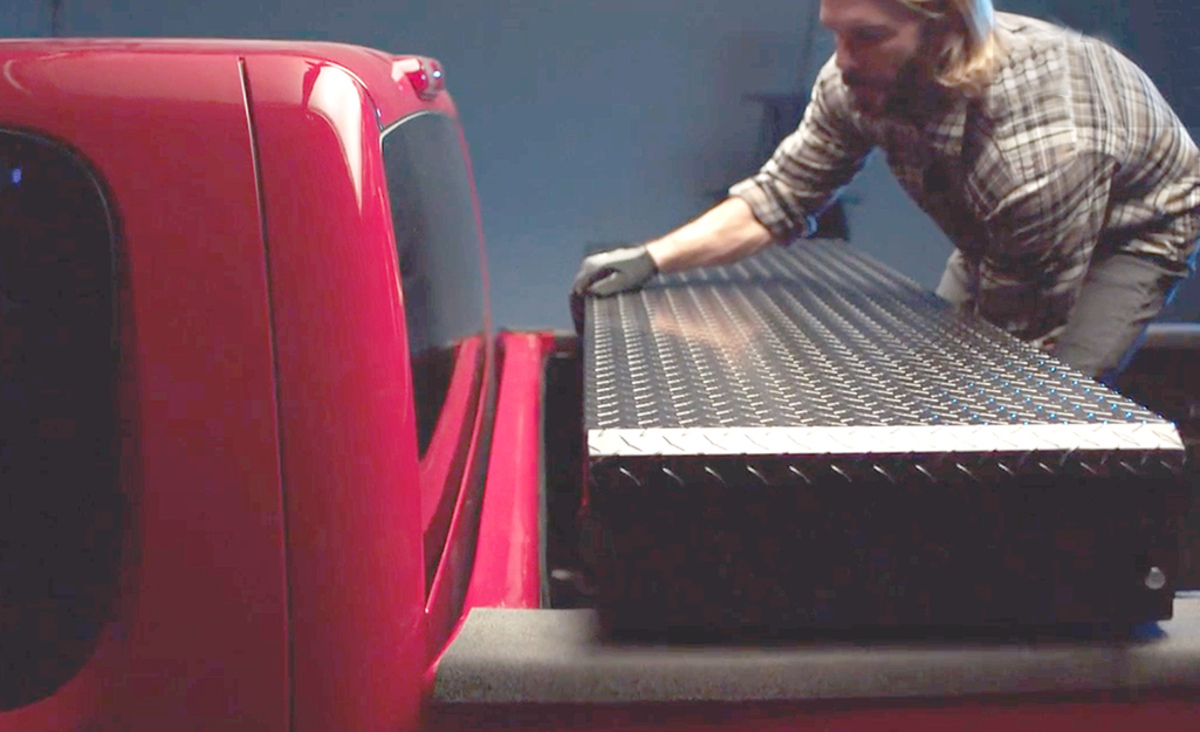
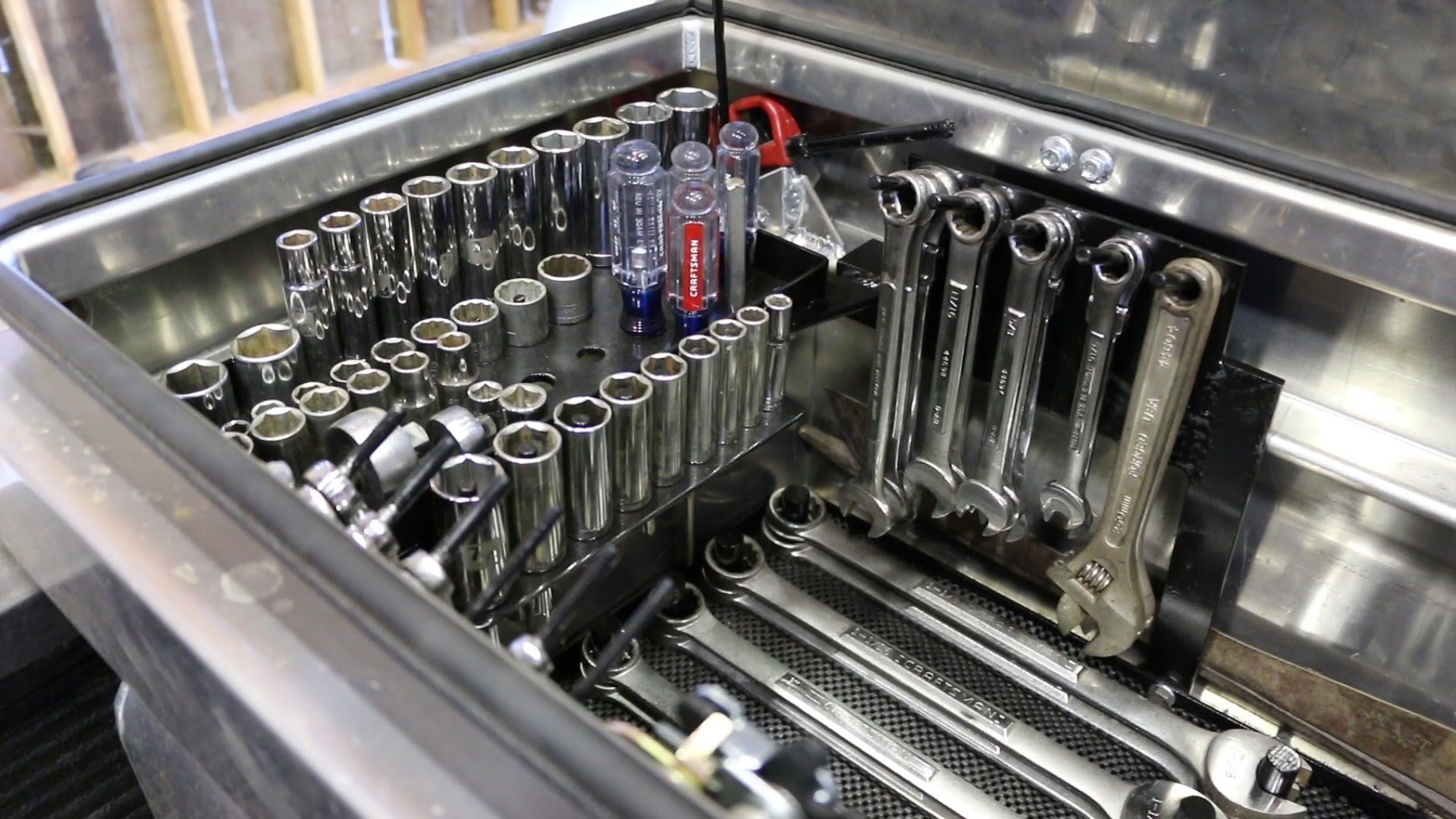
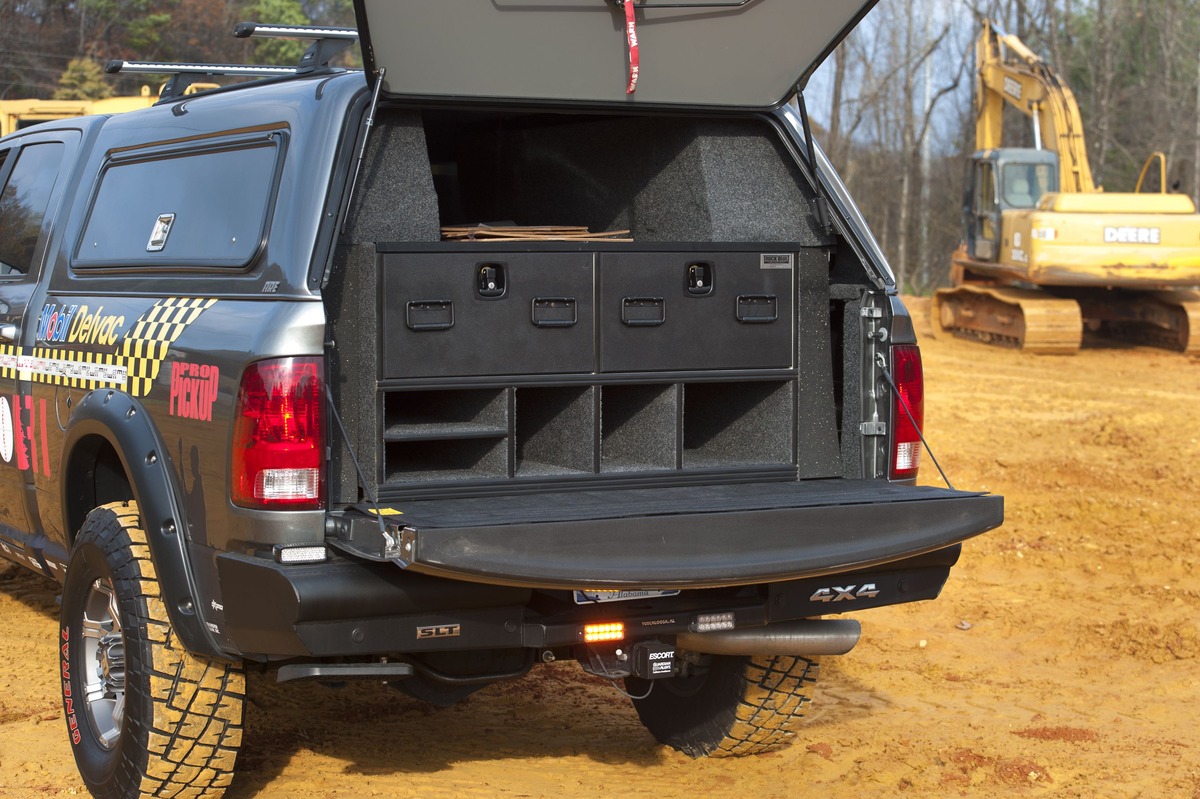

0 thoughts on “How To Store Toy Trucks”